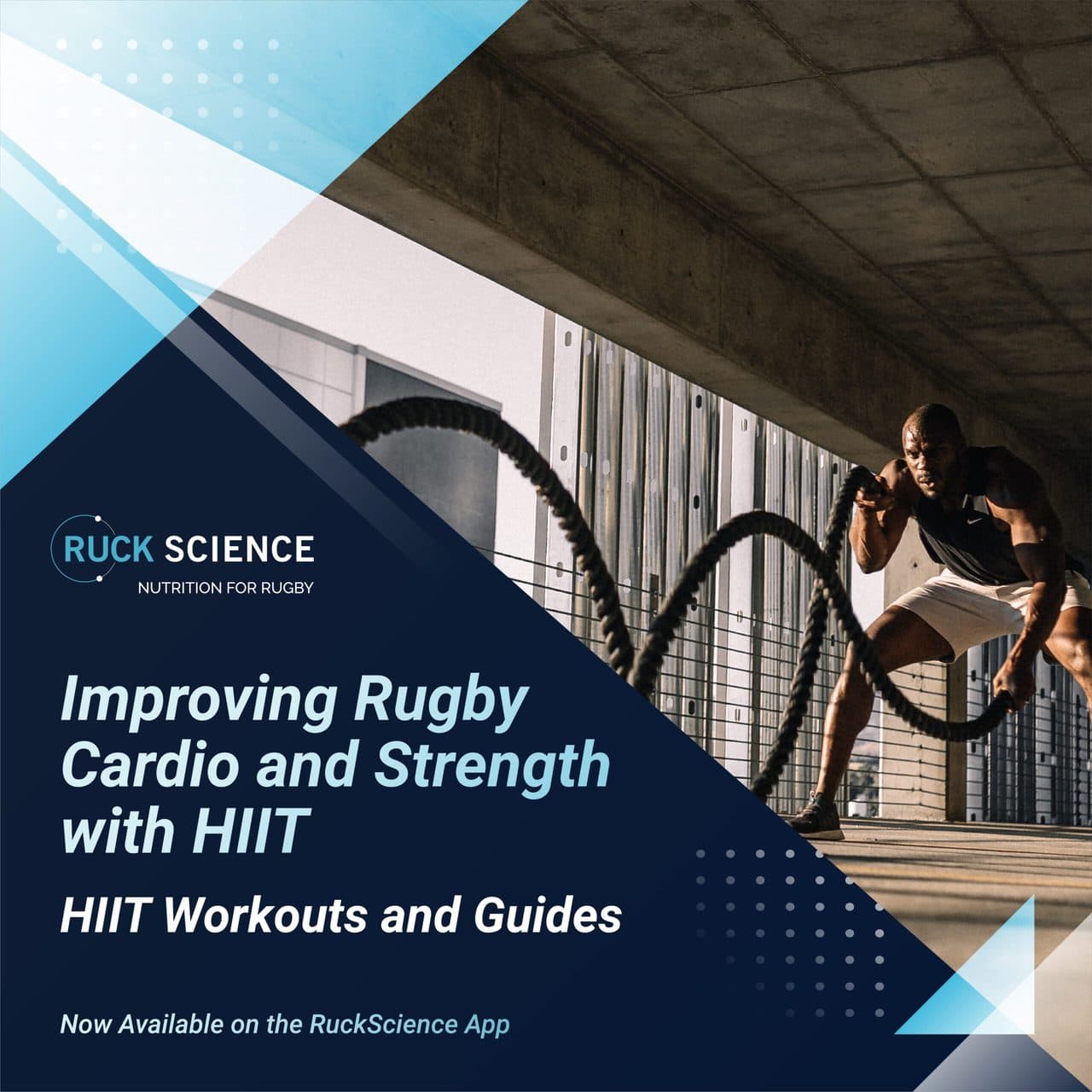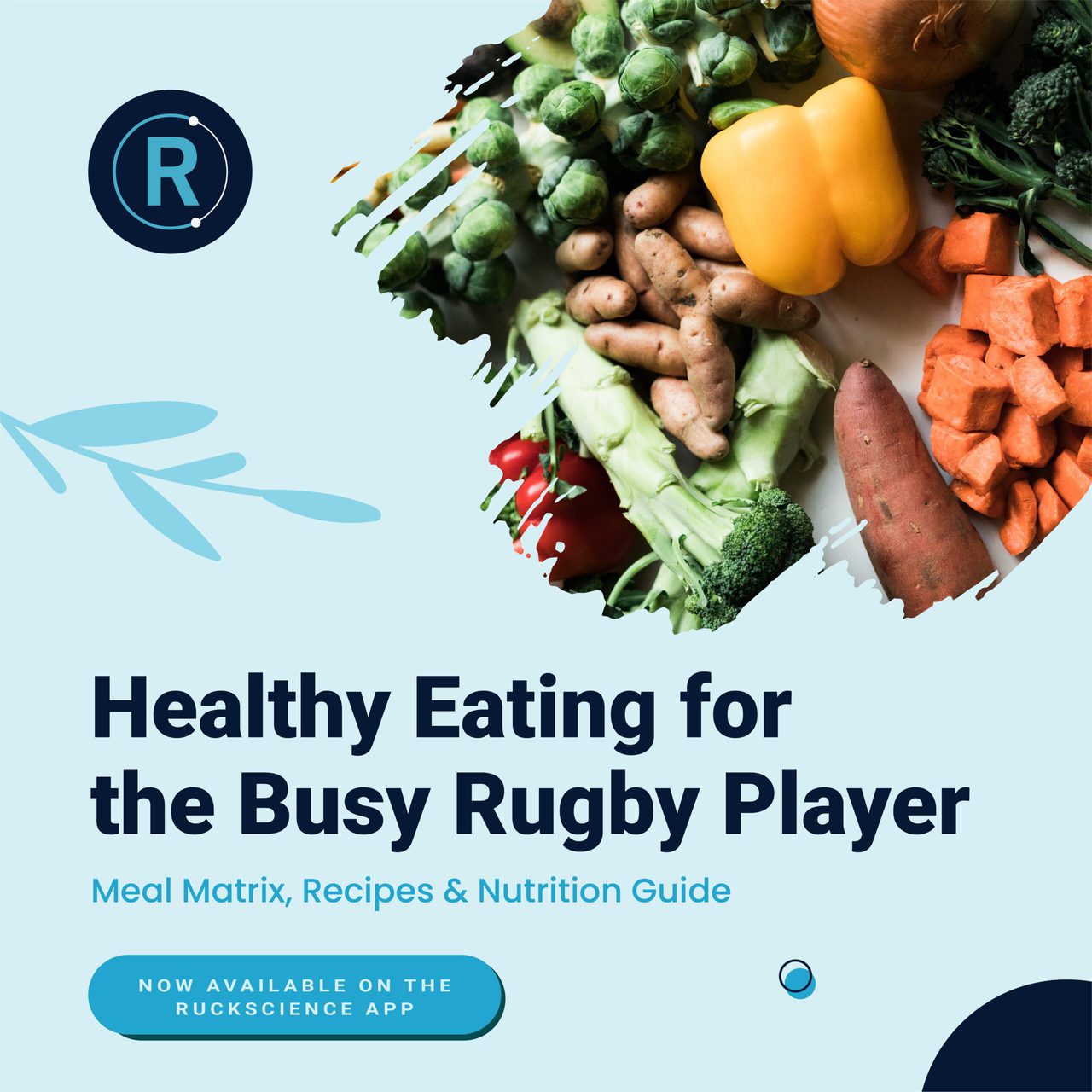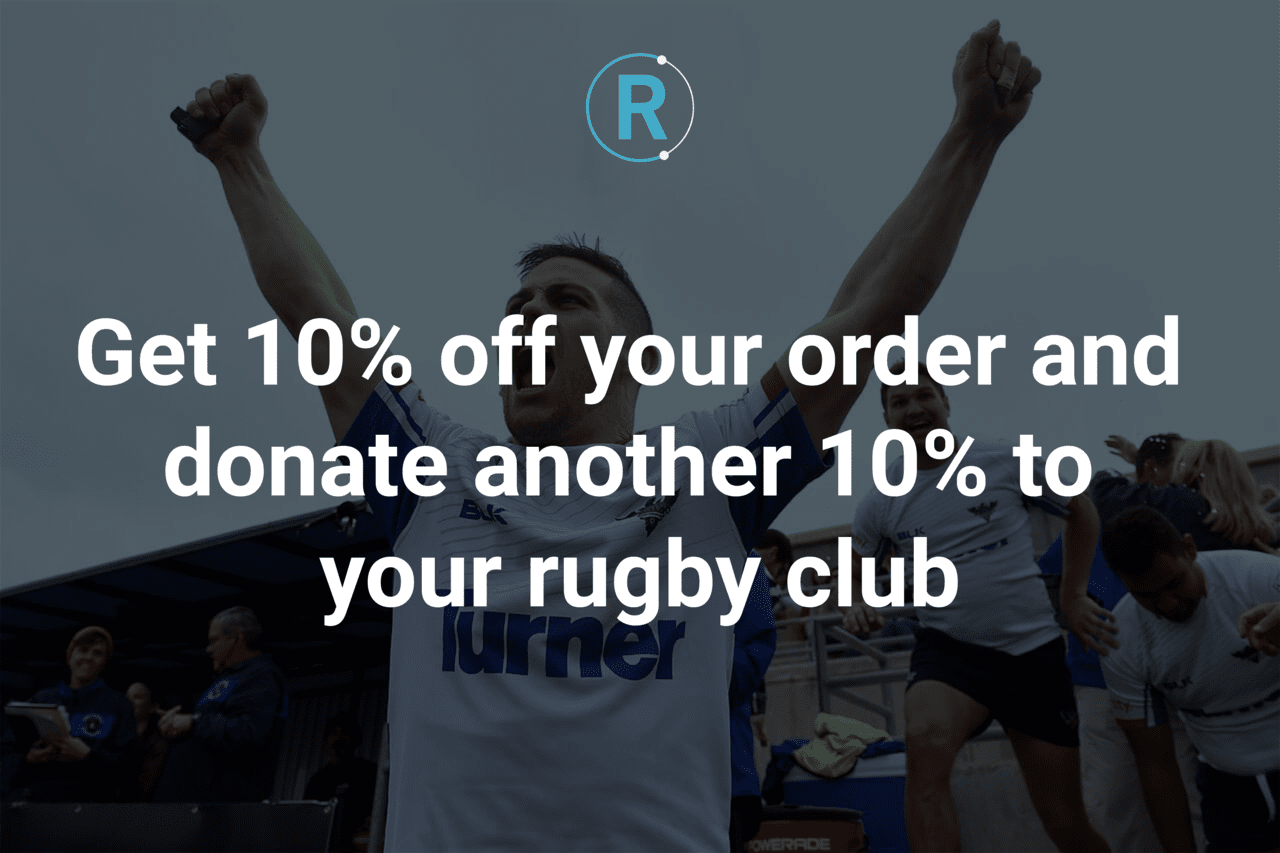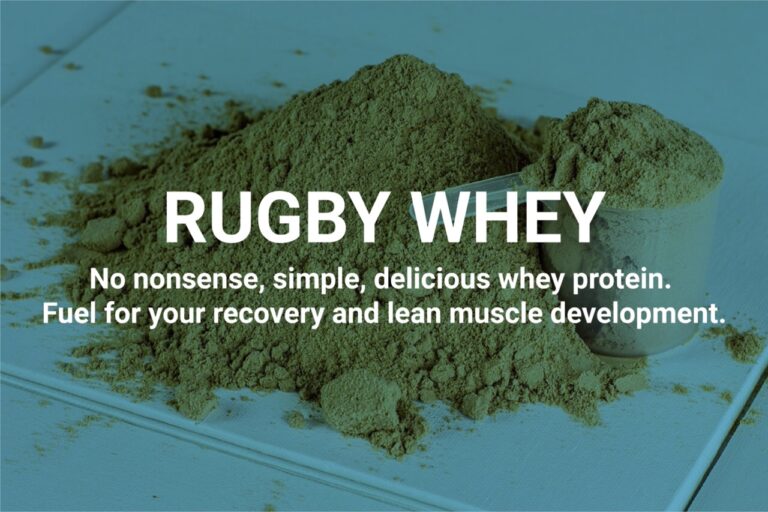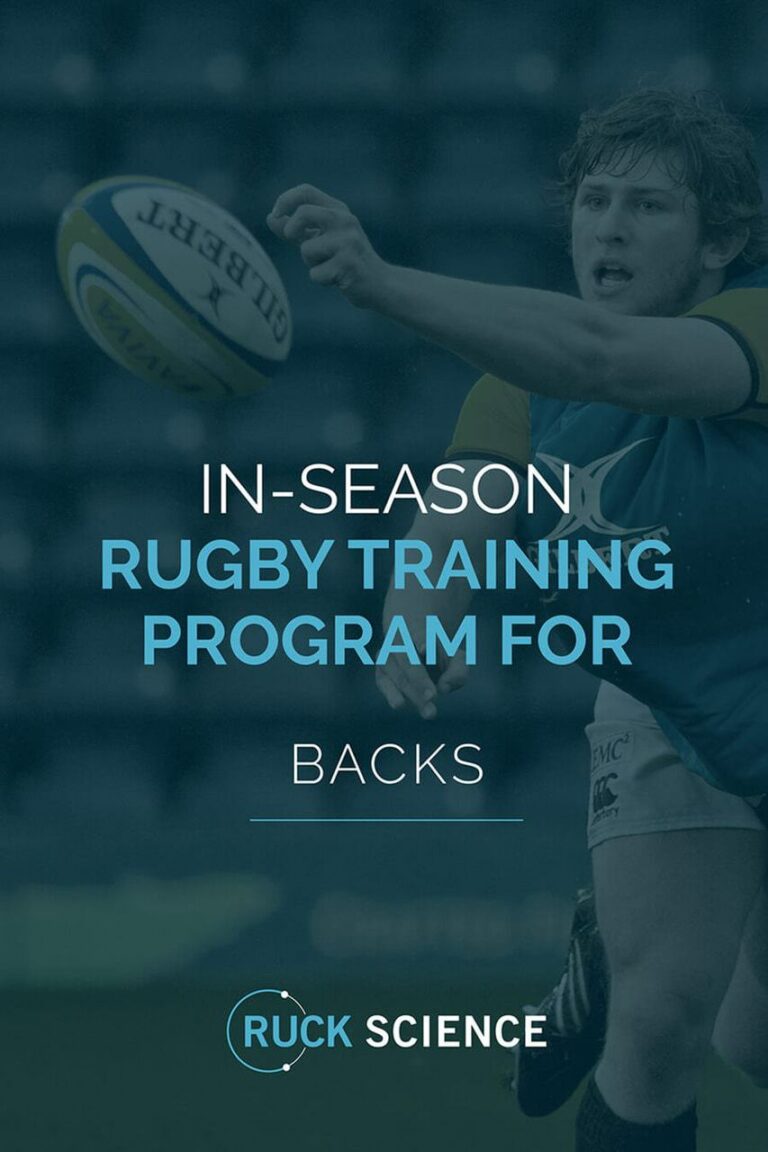
Diet – Let’s Get Back to Basics
Diet and nutrition often seem like very complicated subjects, and many so-called experts are making things worse. They argue about the minutia of healthy eating and even contradict one another as they promote their latest “perfect” eating plan.
This leaves many of us wondering what to eat to achieve our fitness and body composition goals. Hopping from one diet plan to another invariably leads to frustration and takes the enjoyment out of eating.
The truth is that healthy eating doesn’t need to be complicated. You don’t even have to follow a strict diet. All you need to do is adhere to a few fundamental principles.
In this article, we outline the basics of good nutrition. Use this information to develop a personalized, sustainable healthy eating plan.
Calories In vs. Calories Out
We primarily eat food for energy, and that energy is measured in calories. Therefore, your energy requirements depend on whether you want to lose fat, gain muscle, or maintain your current weight.
Eat more calories than you need, and the excess energy will be turned into and stored as fat or used to help you build muscle.
But eat fewer calories than you need, and the deficit will force your body to burn fat to compensate for the energy shortfall, and you’ll lose weight.
Balance your calorie intake with your energy expenditure, and your weight should remain relatively stable.
To determine how many calories you need to consume each day, you first need to calculate your total daily calorie expenditure or TDEE for short. Use an online calculator to estimate your TDEE.
Then, once you know your TDEE, you should consume:
- 300-500 fewer calories to burn fat and lose weight
- 300-500 more calories to gain weight and build muscle
Alternatively, if you want to stay the same weight, just consume your TDEE.
Note that these recommendations are only a starting point, and you’ll need to make adjustments based on your progress. Your daily energy expenditure fluctuates from day to day, as will your calorie intake. Set your calorie intake, maintain it for a week or two, and adjust accordingly.
Eat Clean
Once you have determined how many calories you need to eat per day to achieve your body composition goal, the next thing to look at is the source of those calories. In general, you’ll feel, look, and perform better if most of the food you eat is relatively unprocessed and nutritious, i.e., “clean” foods.
Clean foods are foods found in nature, as opposed to things that are predominately manmade. For example, fruits, vegetables, whole grains, and lean meats are clean foods, whereas baked goods, candy, breakfast cereals, soda, and cookies are not.
While all food contains calories, your body needs more than just energy to thrive. It also needs vitamins, minerals, fiber, and other nutrients that are often missing from processed foods. Processed foods also tend to contain sugar, salt, refined fats, and artificial additives, all of which are unhealthy when consumed in large amounts.
In addition, a diet high in nutrients is invariably more filling, which is important when trying to burn fat and lose weight.
You don’t need to eat clean all the time, and doing so is usually unsustainable and often demonizes certain food types. However, if you limit your junk food intake to a couple of servings per week, you’ll probably find it easier to reach your nutritional goals.
Consume Adequate Protein
Protein is one of the three macronutrients. The other two are fat and carbohydrates. Of these three, protein is arguably the most important, as fat and carbs are largely interchangeable energy sources and are also readily available.
As a rugger, you need to consume more protein than the average person. That’s because training for and playing rugby are catabolic processes, meaning they cause muscle breakdown.
Protein is made up of biological building blocks called amino acids. When you eat a high-protein food, e.g., chicken, your body breaks your food down into amino acids and uses them to repair your damaged muscle tissue. Too little protein means there won’t be enough building materials for muscle repair and growth.
With this in mind, ruggers need to consume around 0.7 to 1.0 grams of protein per pound of body weight or 1.5 to 2.0 grams per kilo. Invariably, this means prioritizing protein in your main meals and consuming high-protein snacks a couple of times per day.
Good protein sources for ruggers include:
- Meat
- Fish
- Eggs
- Dairy
- Nuts
- Seeds
- Beans
- Tempah
- Tofu
- Protein powder/bars
Track Your Food Intake
It’s often said that you cannot manage what you do not track. If you don’t track your calorie and protein intakes, you won’t be able to adjust them to meet your goals and needs. Yes, you CAN make progress without tracking, but the odds are against it, and any successes will be largely accidental.
Tracking calories and protein (and carbs and fats if you wish) can be time-consuming initially, but if you use an app like My Fitness Pal, it gets easier the more you do it. Most people eat the same meals several times a week, and once you have weighed and measured a meal once, you can save it in the app so you can enter it into your log in a matter of seconds.
Food tracking not only makes it easier to manipulate your nutritional intake but also helps keep you accountable and less likely to stray from your diet. Any deviations or missed meals will be there on your screen, and that can be the incentive you need to maintain your healthy eating streak.
So, take the guesswork out of your diet by tracking your meals and aligning your food intake to your goals. At the very least, use a tracking app to ensure that you are consuming adequate protein and the right number of calories based on your body composition goal.
Choose Foods You Enjoy
Food should be a source of enjoyment. If you don’t like the food you eat, you are more likely to quit your diet, even if it delivers the desired results. That’s why so many diets are unsustainable; they’re just too restrictive and unpleasant for long-term use.
So, when planning what to eat, you should build your meals around foods you enjoy. Don’t worry that food X is supposedly better for you than food Y; in many cases, any differences are insignificant, e.g., white rice vs. brown rice, red meat vs. chicken, white potatoes vs. sweet potatoes, etc.
Choosing foods you enjoy will make sticking to your eating plan much easier.
Consistency Conquers All
The best diet is not always the one that produces the best results. Rather, it’s the eating plan you can maintain with the least amount of effort and motivation.
For example, you can lose fat fast by eating 500 calories per day. But how long do you think it will be before hunger and cravings crush your willpower, and you quit? A few days? A week?
Eating healthily for optimal body composition requires a long-term approach to nutrition and exercise. Success is the result of years of continued effort. Fad diets are never sustainable, and even if you experience some positive effects, you won’t maintain them when you go back to eating normally.
So, whatever diet you choose or devise, make sure it’s something you can see yourself doing for months or even years at a time.
Don’t worry about trying to achieve dietary perfection. Instead, pick an approach that you can maintain with minimal effort indefinitely. A long run of better-than-average meals will always trump a short run of perfect meals. All your small successes will add up!
What Doesn’t Matter
Now you know what you need to do to create a healthy, sustainable eating plan. Adhere to these principles, and you should have no problem achieving your body composition goals.
However, there are a few additional factors that you may be aware of and want to know if they, too, deserve your attention.
The answer is – probably not!
Here are a few things that a lot of eating plans promote as being important but, in reality, have minimal impact.
Meal timing – it really doesn’t matter when you eat. Some people do best on 1-3 large meals per day, and others do best with 4-6 smaller meals. Experiment with meal frequency to see which you prefer.
High vs. low carbs – low-carb diets work not because they’re low in carbs but because they’re low in calories. Carbs are not inherently fattening, and your total calorie intake is far more important.
High protein – some diets promote protein for its thermogenic properties, and while protein DOES speed up your metabolism, its effects are very small. It’d be easier and more cost-effective just to eat a little less. Force-feeding yourself more protein than you need won’t lead to faster fat loss or muscle gain.
Supplements – while supplements can be beneficial, their impact is very small. If they had more than a minor effect, they’d be classed as drugs. Don’t feel your success depends on what supplements you take. Food should be the cornerstone of your diet, and any supplements will play a minimal role. You don’t even need to take supplements if you don’t want to.
Closing Thoughts
Eating healthily and reaching your ideal body composition goal is not rocket science!
Adjust your calorie intake to match your needs, eat clean, consume enough protein, and be consistent. There is no need to align your diet to your star sign, buy expensive supplements, or eliminate certain foods from your diet.
While such approaches can produce short-term results, they are seldom sustainable, and that’s why they invariably fail.
So, the next time you feel like overhauling your diet, just implement the basic principles outlined in this article.
Think of them as the “big steps” you need to take to reach your health, fitness, and body composition goals, and don’t worry about the small stuff that can ultimately leave you bogged down with meaningless details.
Ultimately, the basics of healthy eating are the best way to achieve your nutritional, performance, and body composition goals.

